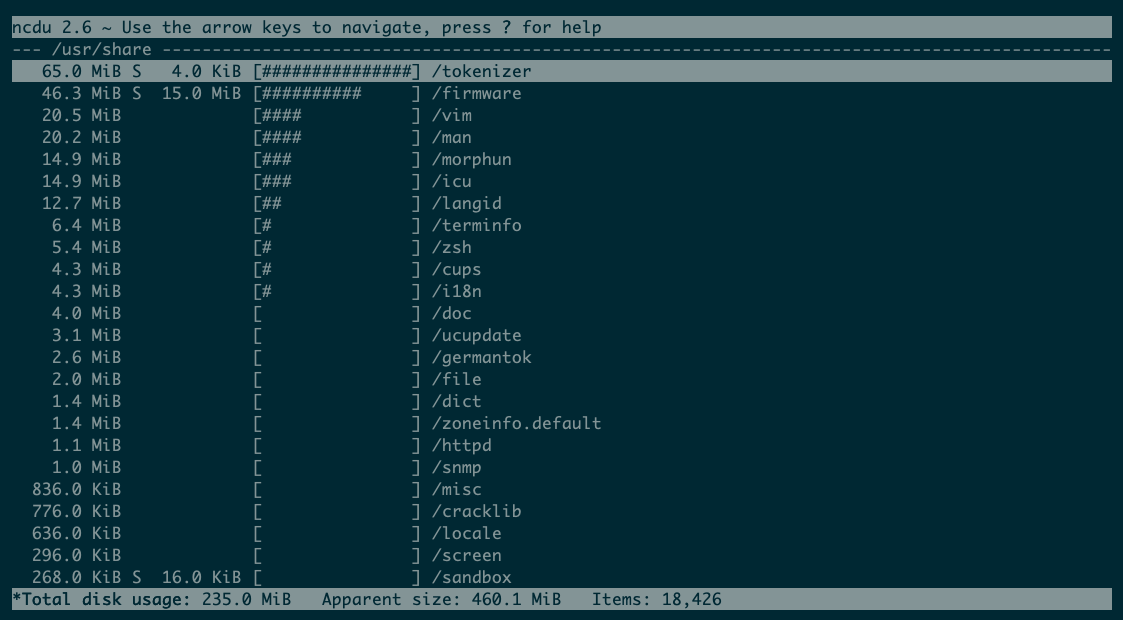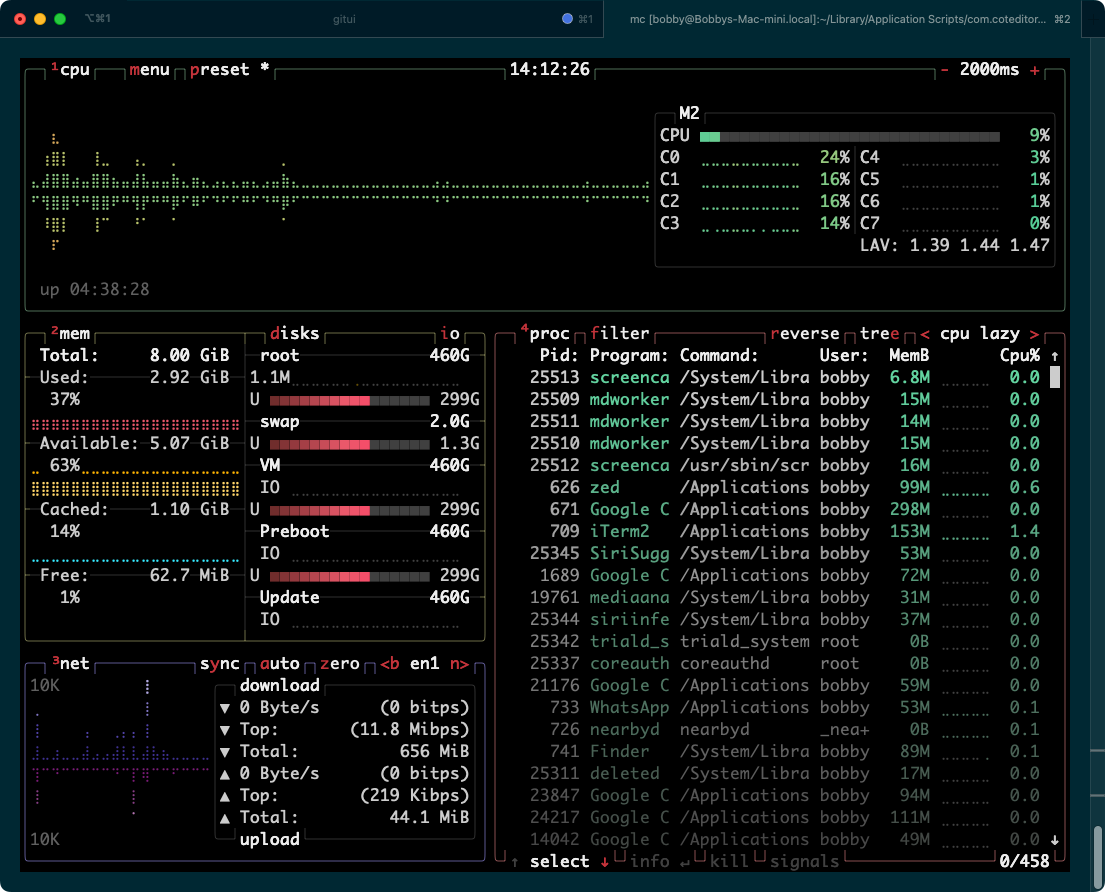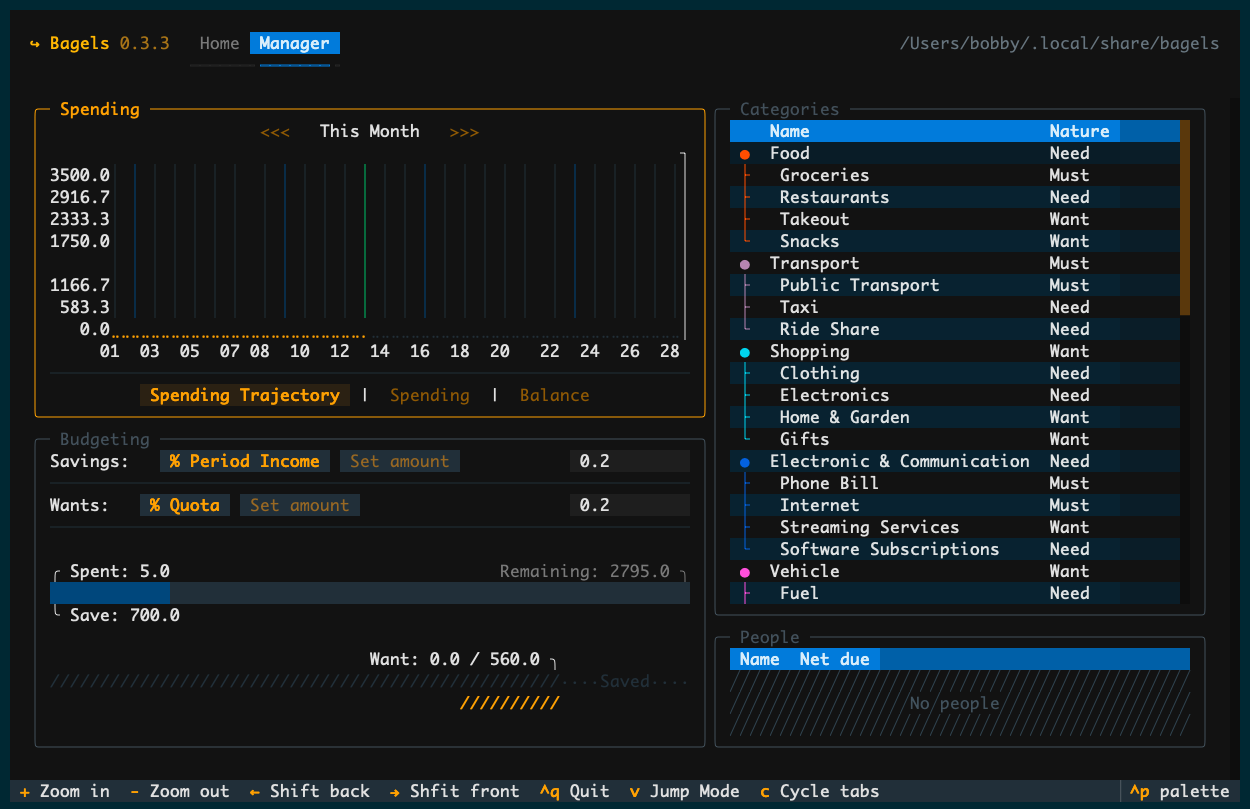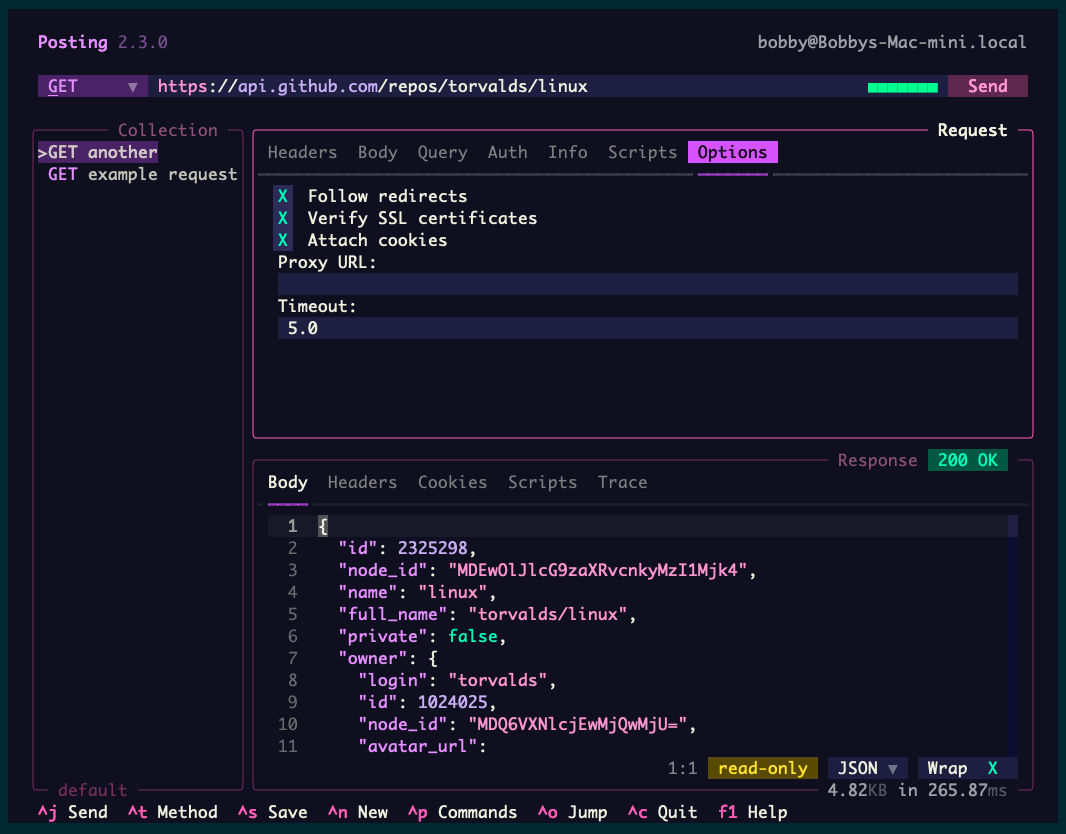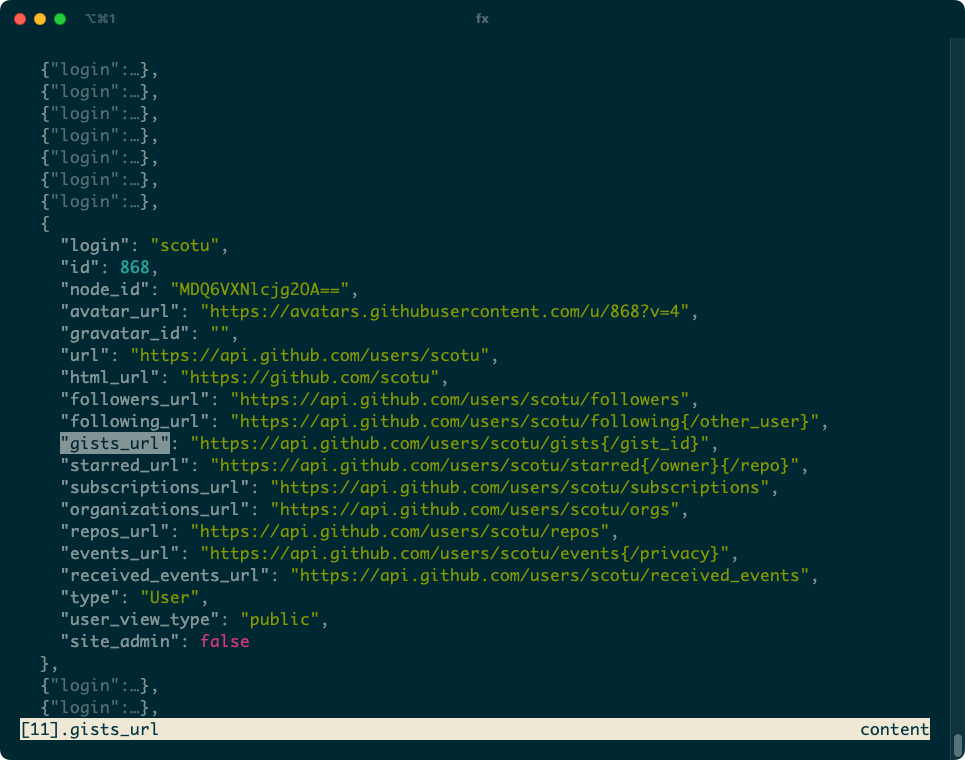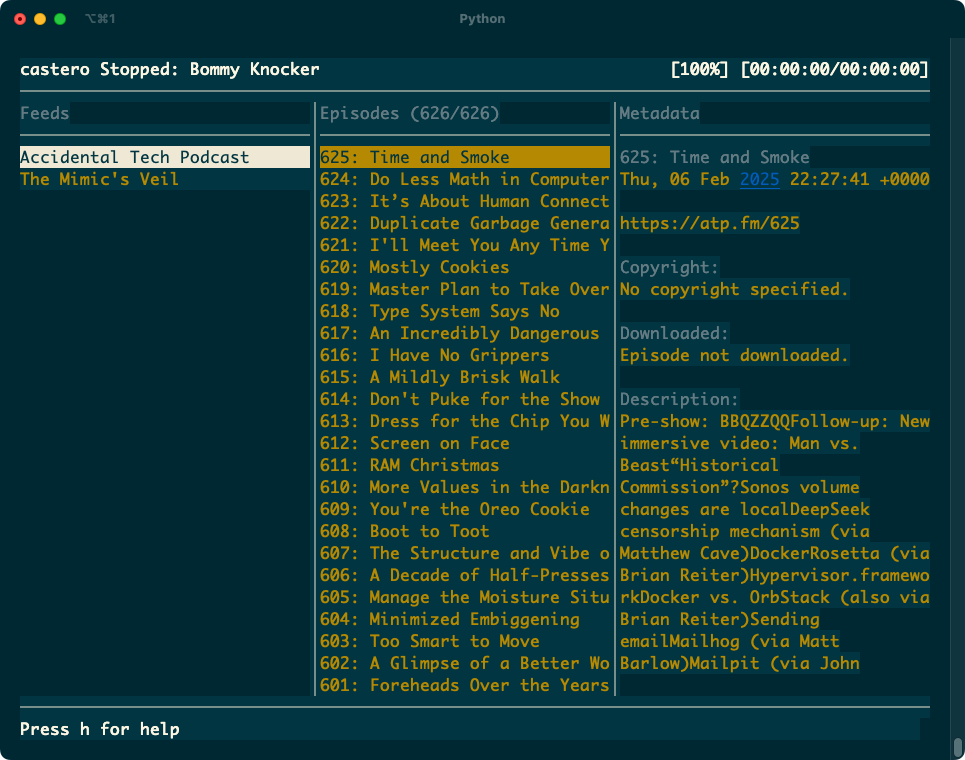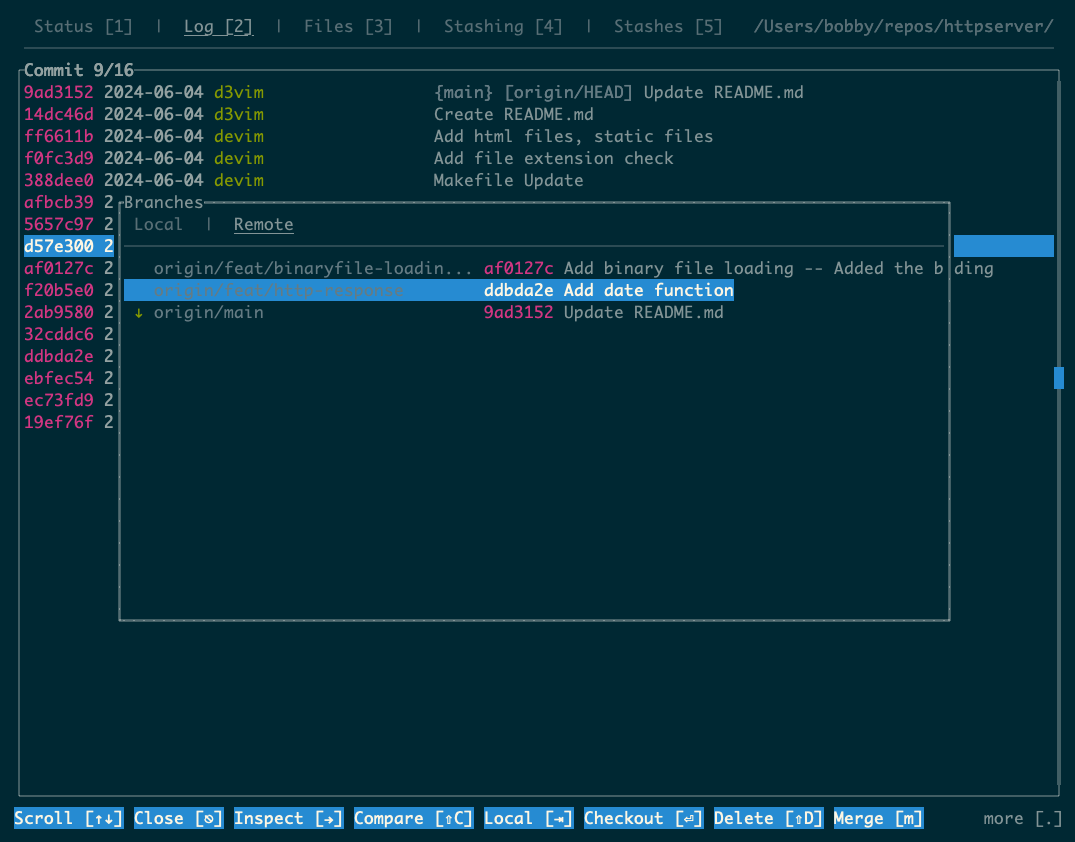For any given task on Linux, there’s likely to be at least one good command-line app and one good GUI app. However, a middle-ground exists between the visual, mouse-driven GUIs and the text-heavy terminal programs. These TUI (text user interface) apps are attractive, easy to use, and very fast.
1
ncdu: Check Disk Space
Ncdu is one of the most established and popular modern TUI apps. The “nc” in its name stands for “ncurses,” a library that underpins many text-based apps. Ncdu is the ncurses version of du, a standard Linux command-line tool that reports disk usage. Here’s a basic example of du output:
$ du -skh /usr/share
235M /usr/share
In contrast, Ncdu has an interactive display, which means you can easily explore the results in more depth:
Use the arrow keys to navigate and discover exactly which files and directories are taking up the most space on your disk. Ncdu still shows the total disk usage of the directory you run it against. However, the program also lets you inspect subdirectories, making it much easier to identify and delete problematic files. You can also sort directories by the number of items they contain, which may help you track down the worst offenders.
2
btop: Monitor Processes
btop is another modern version of a classic tool: top. top is a TUI app itself, but btop has some significant improvements. Run the tool and you’ll see a dashboard containing panels with information on running processes, cpu load, memory use, disk space, and network traffic:
btop makes excellent use of special characters and colors to draw its graphs. It’s highly configurable from an in-app menu that gives you access to themes, toggles for individual panels, and many different data settings. Plus, btop makes your terminal look a lot like the mockups in every movie Hollywood has ever made about hacking or cyberspace. For what that’s worth.
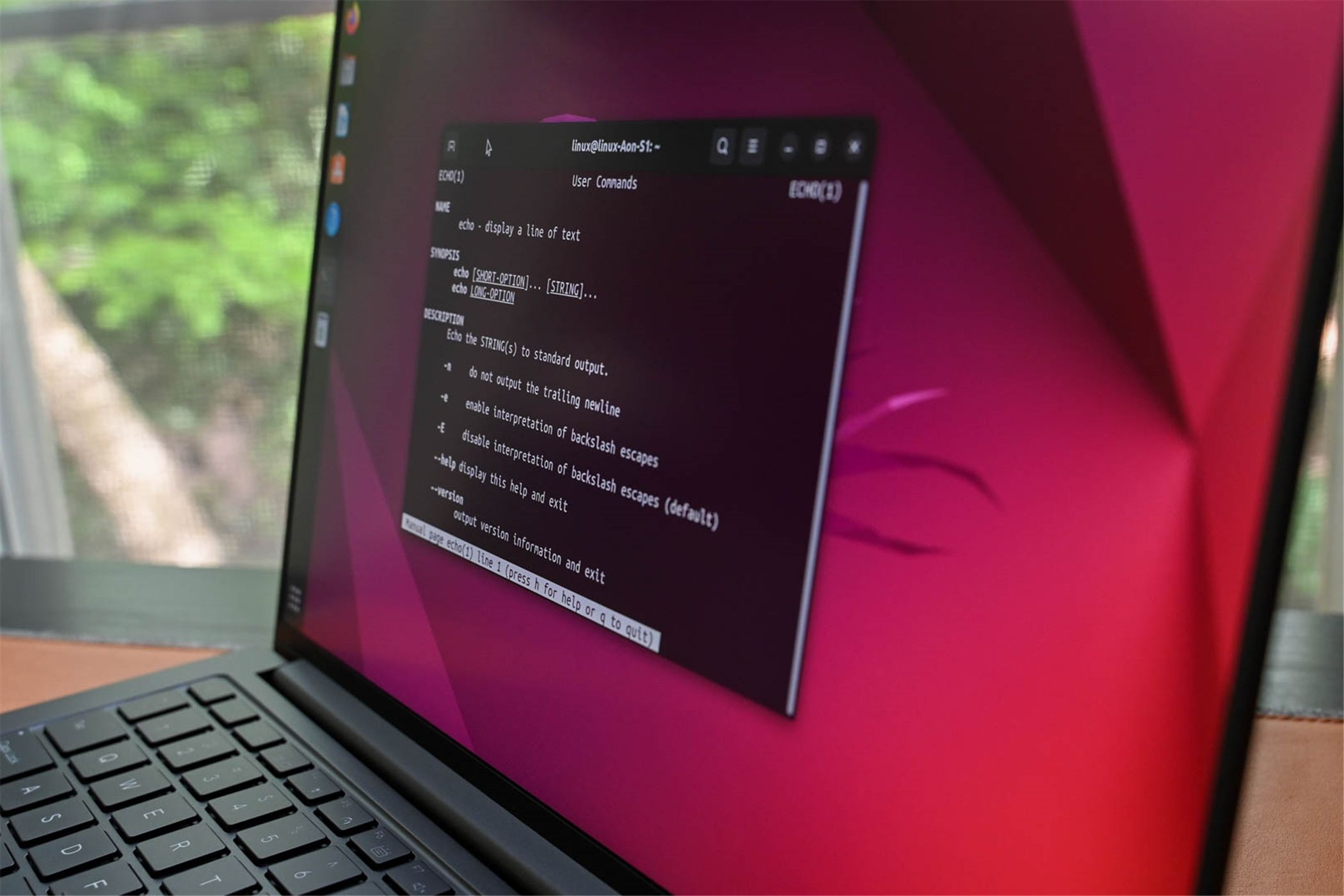
Related
I Made My Friends Think I Was a Linux Hacker Using These 5 Fun Commands
No planets were hacked in the making of this article.
3
Bagels: Track Expenses
Bagels is more like an app than a small tool or utility. It allows you to track your expenses, plot your spending on a graph, track your finances by date, organize costs by category, and much more.
Like btop, Bagels presents an interface with several panels that imitates a GUI. It has mouse support, including scrolling, and works particularly well in full-screen mode. The app is in active development with a detailed roadmap.
Bagels stores all your data in a single SQLite file so it’s possible to export it and move to a different app if you choose.
4
Posting: Test APIs
Many websites provide an API for automated access to their data and functionality. If you’re a programmer, you can carry out a wide range of tasks by leveraging an API or two, especially when you need to source data from several locations. A client can help you explore an API, test its endpoints, and examine the data it returns, all without having to write any code.
For many of us, Postman is the ultimate API client, but you’ll need to sign up for an account to use it. Posting is the closest thing I’ve found to a command-line equivalent, without the login requirement.
Posting lets you save API calls to local text files in yaml format. This makes it easy to keep track of calls you want to repeat and the text format is easy to work with in any text editor. You can even write Python scripts to manipulate requests or responses directly in Posting.
The app has basic mouse support to navigate its comprehensive interface, with tabs similar to the dev tools interface in Google Chrome.
5
Fx: Inspect JSON Data
Once you’ve extracted data from an API—or elsewhere—you’ll want to inspect it. Most APIs provide their data in the JSON format, which is easy to read in small doses, but can quickly become unmanageable. Enter Fx.
Fx displays a JSON file in a highly readable format, even if the original file is a mess. It lets you quickly navigate through the data, with commands to collapse and expand nested arrays or objects. You can search for specific data. With its JavaScript integration, you can write scripts and use Fx to process JSON without using a full programming environment.
Like many TUIs, Fx seems quite basic at first and it’s easy to use out of the box. But, underneath, this program has a lot of power for those who need it.

Related
What Is JSON and How Do You Use It?
JSON (JavaScript Object Notation) is a standardized format for representing structured data.
6
Castero: Listen to Podcasts
Listening to a podcast is an inherently aural activity, so you’ll want a client to get out of the way for the most part. Fortunately, Castero does exactly that, providing a minimal interface that lets you catch up with your podcasts in a terminal. Its three columns—for feeds, episodes, and metadata—reflect a tried-and-tested layout whose influence goes right back to early versions of iTunes.
Castero hasn’t been updated recently, and some podcasts gate their access behind third parties like Spotify, so not every podcast out there will be available. However, for the podcasts I want to listen to, Castero is a lot quicker and easier than firing up a GUI app.
7
GitUI: Manage Git Repositories
Whether you’re a programmer or a fan of bleeding-edge open-source releases, you may find yourself using git to track file revisions. The command-line git tool is powerful, but it can be tricky to use. GitUI is a great alternative.
You can use GitUI to inspect changes, stage and commit them, switch branches, or just browse the contents of a repo. While there’s no mouse support, GitUI is extremely responsive and works well alongside a vim or emacs editing session.
This selection only skims the surface of what’s available. I encourage you to check out Terminal Trove, a showcase of command-line and TUI apps. There are hundreds of programs featured on the site, from email clients to Bluetooth managers and music players.


